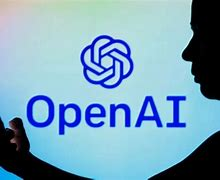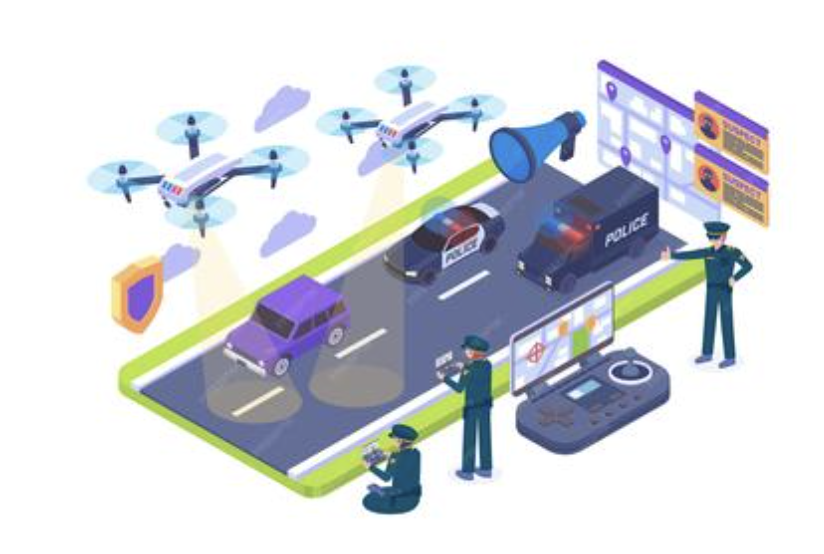Today, OpenAI released a ChatGPT App for iOS clients. This app just went live and immediately triggered countless users to try to use it, even non-plus users, who couldn't log in at one point and the system was at its peak. It is worth noting that the app is free to use, which means that many users can use the app at any time. The app not only provides voice input support based on the Whisper AI speech recognition model but also synchronizes chat logs with the web-based AI assistant ChatGPT. This is the first time that OpenAI has introduced ChatGPT to its official mobile client. However, the app is currently limited to users in the United States, but OpenAI says it will gradually expand to other countries and regions in the coming weeks, so don't be disappointed if you're not an IOS user, as ChatGPT will soon be available for Android devices.

Many users want to know what the difference is between the web version and the client, so let's talk about the experience now. In terms of functionality, the ChatGPT App, like the web version of the app, is an AI chatbot that allows you to ask questions directly to it so that different users from different industries can get answers to their questions about code, email templates, text suggestions, etc. through it. In terms of usage, to use the app, both on the web and client side, users need to create an OpenAI account to log into the ChatGPT App and use it properly. Since ChatGPT's interactive responses and other AI processing operations are performed on the OpenAI server, an Internet connection is required to use it.
Looking at other industries, it is easy to find that many related industries are deeply affected by ChatGPT, among which the decline of users of Stack Overflow is very obvious. This is probably because many programmers have turned to ChatGPT as an auxiliary program, and the arrival of ChatGPT has greatly improved the development efficiency of programmers and reduced a lot of ineffective search time.

While you may have started using Microsoft's Bing app, which features the company's chatbot powered by OpenAI's GPT-4 text generator until now ChatGPT itself has not had an official iPhone app from its developer. The biggest difference between ChatGPT's mobile app and the web version is the variety of ways to communicate with the chatbot, with the app adding a voice recognition system that enables users to speak to use the chatbot instead of just typing.
OpenAI has added its voice recognition system, Whisper, which adds more interactive performance to the app and makes it easier for users to use. This may bring a different feel to interactions with ChatGPT and may encourage people to turn to it more often to get AI answers. With the launch of the ChatGPT ios application and its availability in the US, we believe that it will soon be possible for most users in other regions and clients to use this highly sought-after software, and its impact will be far-reaching.






